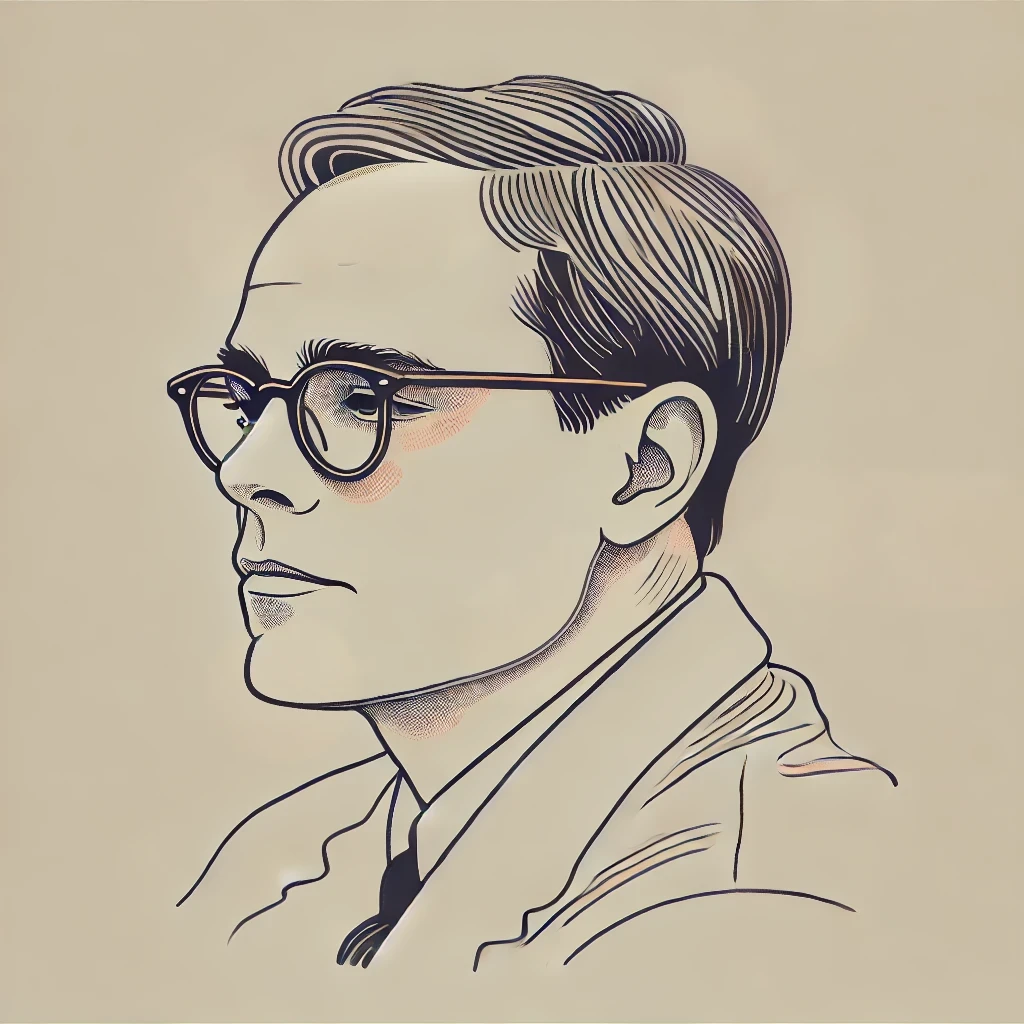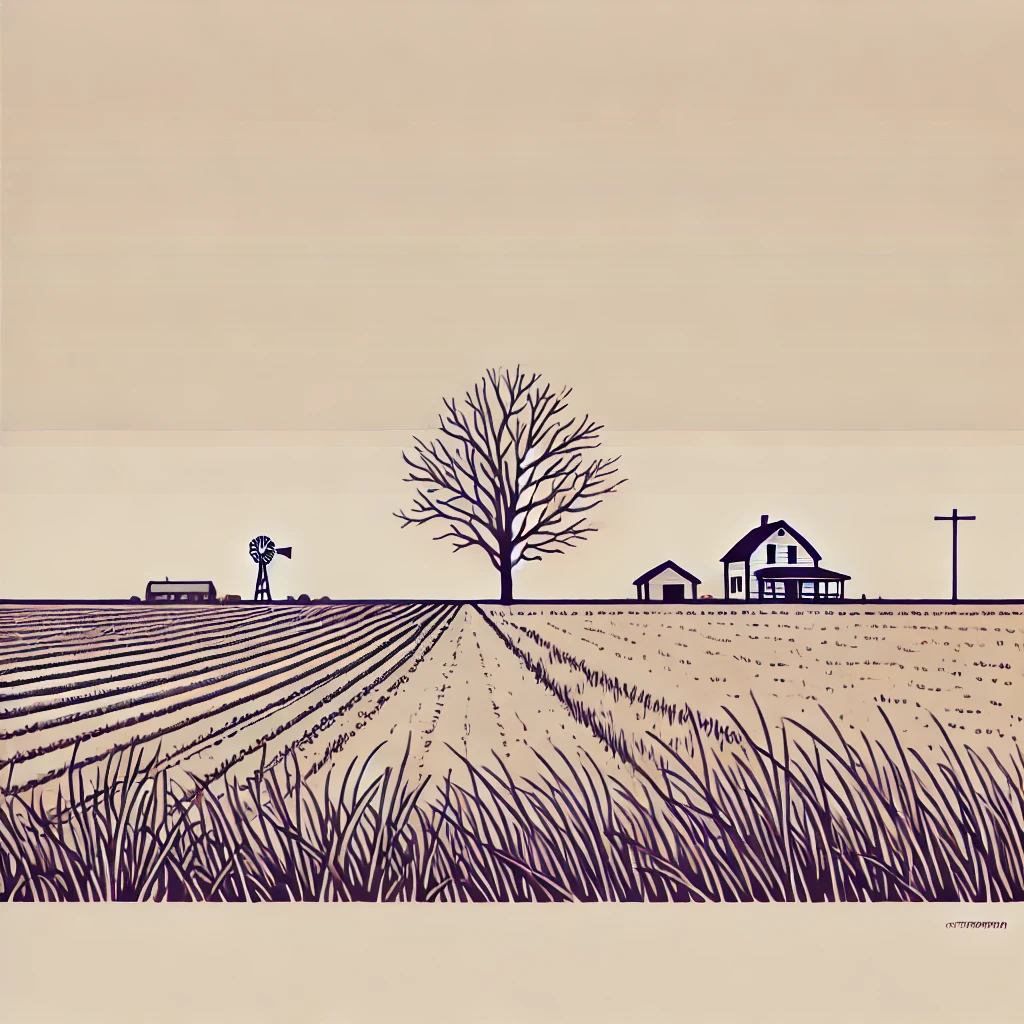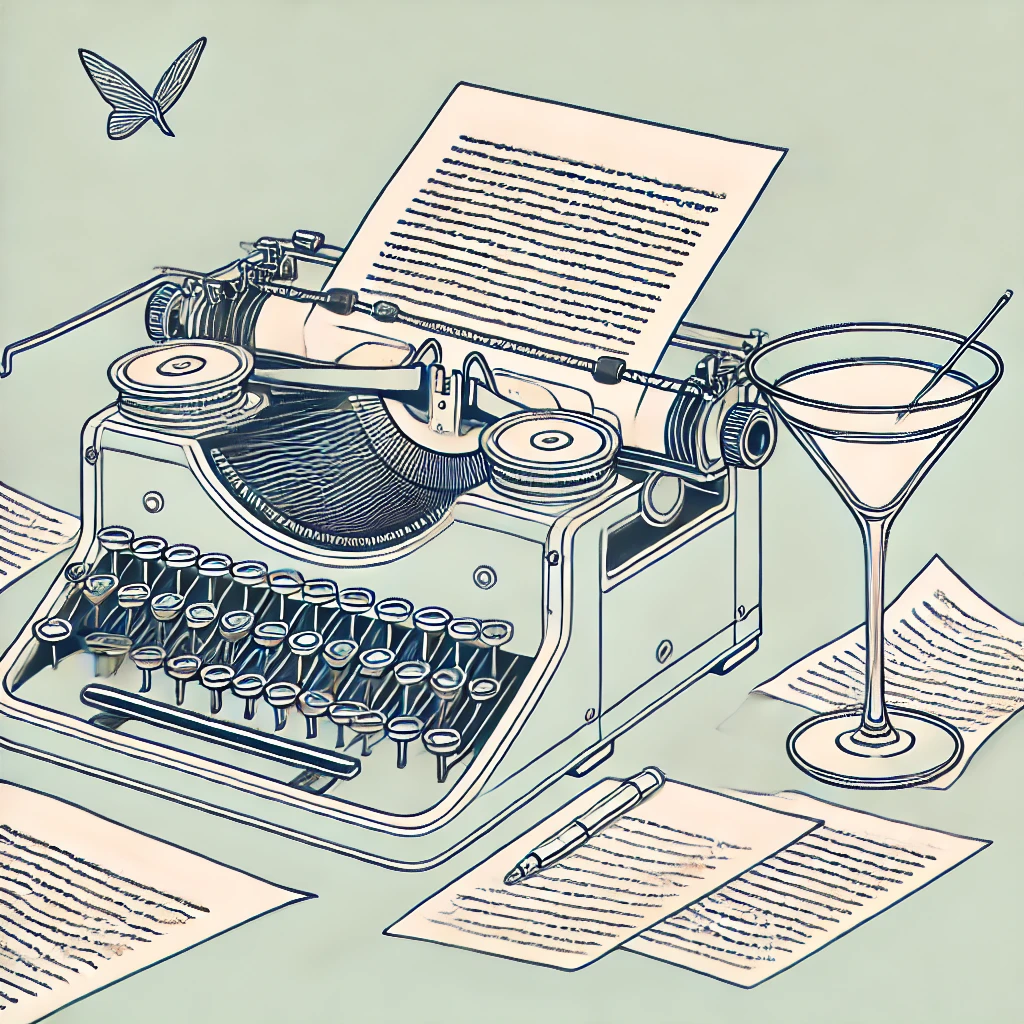who was truman capote?
True Crime Author, Socialite, and Literary Legend
Truman Capote as Literary Legend
Truman Capote was an American writer and socialite. He was the man who wrote Breakfast at Tiffany’s and whose true crime books left a lasting impression on 20th-century literature. His ability to blend fact and fiction, his sharp, often lyrical prose, and his intricate portrayal of human emotions have cemented him as one of the most influential authors of his time.
Books by Truman Capote span a variety of genres, including novels, short stories, and plays, but he is perhaps best known for his groundbreaking nonfiction novel, In Cold Blood (1966). This book not only revolutionized the true crime genre but also showcased Capote’s unparalleled skill in narrative storytelling.
Beyond his literary contributions, Capote was a cultural figure whose larger-than-life personality and complex relationships influenced the social and artistic circles of his era. Renowned for his high-pitched voice, distinctive appearance, and love of celebrity, he emerged as one of the most famous writers of his era. As such, his legacy is multifaceted, encompassing both his literary achievements and his enduring impact on literature, film, theater, and the nature of celebrity.

Biography and Historical Context
Early Life and Family Background
Truman Capote was born Truman Streckfus Persons on September 30, 1924, in New Orleans, Louisiana. His early years were marked by instability and a sense of abandonment. His parents, Archulus Persons and Lillie Mae Faulk, had a tumultuous marriage that ended in divorce when Capote was just four years old. Following the separation, Capote was sent to live with various relatives in the South, including in Monroeville, Alabama.
In Monroeville, Capote befriended Harper Lee, who would later become the author of To Kill a Mockingbird. This friendship was one of the most enduring and significant relationships of his life, as both Truman Capote and Harper Lee would influence each other’s work and achieve a high degree of literary fame.
Capote’s childhood was characterized by a feeling of alienation and loneliness, themes that would later emerge in short stories such as A Christmas Memory (1956). His mother, Lillie Mae, eventually remarried a successful businessman named Joseph Capote and brought Truman to New York City. Joseph Capote adopted Truman, and his name was officially changed to Truman Garcia Capote in 1935.
Despite the relative stability provided by his new family, Capote’s relationship with his mother was strained. Lillie Mae was a social climber, obsessed with appearances and success, which created a sense of inadequacy in young Truman. These early experiences of emotional neglect and social striving would deeply influence his later work, from his exploration of human vulnerabilities and the darker sides of ambition to the quintessential Truman Capote mother figure, who is the object of both longing and resentment.
Rise to Fame
Capote’s literary talents were evident from a young age. He began writing short stories as a teenager and gained recognition for his unique voice and style. After attending the prestigious Trinity School and later St. Joseph Military Academy, Capote dropped out at the age of 17 and started working for The New Yorker as a copyboy. Although his tenure at the magazine was short-lived, it provided him with valuable exposure to the literary world, which would define one of the key questions of his life: “Who is Truman Capote?”
Since Capote envisioned himself as a celebrity, Capote’s identity quickly became linked to his growing fame. Capote’s first major success came in 1945 with the publication of his short story “Miriam” in Mademoiselle magazine. The story won the O. Henry Award and established Capote as a rising star in the literary community.
Capote’s first novel, Other Voices, Other Rooms (1948), was published when he was just 23 years old. The Southern Gothic novel, which dealt with themes of identity, sexuality, and the search for belonging, was an instant success and became a bestseller. The work’s dreamlike style would influence Capote’s later works, as well as the Southern Gothic genre broadly, and serve as one of his most lasting influences in the literary world. The book’s success was bolstered by the photograph of Capote on the back cover, which depicted him reclining on a sofa, gazing seductively at the camera. This image solidified Capote’s persona as a young, rebellious, and enigmatic literary figure.
Over the next decade, Capote continued to build his reputation. Notable books by Truman Capote include The Grass Harp (1951) and Breakfast at Tiffany’s (1958). The latter, a novella about a young New York socialite named Holly Golightly, became one of Capote’s most famous works and was later adapted into a highly successful film starring Audrey Hepburn.
Capote’s sharp wit, keen social observations, and ability to capture the nuances of human relationships made him a darling of the literary and social elite. He became a fixture in New York’s high society, known for his extravagant parties and close friendships with celebrities, artists, and other writers. Similarly, his acerbic wit led to Truman Capote quotes becoming a byword for inventive and occasionally scathing repartee.
Later Life and Death
Capote’s life took a darker turn following the publication of In Cold Blood in 1966. The book, which chronicled the brutal murder of the Clutter family in Kansas and the subsequent investigation, was a massive success both critically and commercially. However, the process of researching and writing the book took a significant emotional toll on Capote. He became deeply involved in the lives of the murderers, Richard Hickock and Perry Smith, and was reportedly devastated by their eventual execution.
Through In Cold Blood, Truman Capote reached the pinnacle of his acclaim but also laid the foundation for his own decline. He struggled with alcohol and drug addiction, which feelings of loneliness and a sense of having peaked creatively exacerbated. Capote’s attempts to replicate the success of In Cold Blood with a new work titled Answered Prayers were fraught with difficulties. Although excerpts of the book were published in Esquire magazine in the late 1970s, the complete work was never finished, and the published sections sparked outrage among Capote’s friends and acquaintances, many of whom felt betrayed by the thinly veiled portrayals of their lives.
In his later years, Capote’s health deteriorated due to his substance use. He became increasingly reclusive, alienated from the popular idea of Capote that he helped to create. He continued to write sporadically, but his output was limited and never recaptured the critical acclaim of his earlier works. Truman Capote died on August 25, 1984, in Los Angeles, California, at the home of his friend Joanne Carson. He was 59 years old. His coroner’s report listed his cause of death as “liver disease complicated by phlebitis and multiple drug intoxication.”
However, the question of how and when Truman Capote died is complicated by his relationship to fame. Without his writing and without his celebrity, he struggled to reconcile his public persona with his self-identity. The public persona of Truman Capote that he had worked so hard to create had faded from the public mind, and Capote struggled with his diminished relevance long before his literal death.
Major Works and Literary Impact
Capote’s Most Famous Works
Truman Capote’s most famous works include Other Voices, Other Rooms (1948), Breakfast at Tiffany’s (1958), and In Cold Blood (1966). These works not only showcase Capote’s versatility as a writer but also highlight his ability to delve into complex human emotions and societal issues.
Breakfast at Tiffany’s introduced the world to Holly Golightly, one of Capote'’s most iconic characters. The novella captures the spirit of New York City in the 1940s, with its glamorous parties, eccentric characters, and underlying sense of melancholy, keenly derived from Capote’s own struggles with celebrity and identity. Holly’s quest for freedom and identity, set against the backdrop of the city’s social whirl, resonated deeply with readers and contributed to the novella’s enduring popularity. The 1961 film adaptation turned Breakfast at Tiffany’s into perhaps the most broadly known of his works, at least in popular culture.
However, no answer to the question “What did Truman Capote write?” would be complete without consideration of In Cold Blood. The book is often credited with pioneering the “nonfiction novel,” a genre that blends factual reporting with the narrative techniques of fiction and has influenced many modern true crime books. Capote spent six years researching the Clutter family murders and the subsequent trial, immersing himself in the lives of both the victims and the killers. The result was a gripping, meticulously crafted narrative that explored the psychological motivations behind the crime and its broader social implications. In Cold Blood was a critical and commercial success and remains one of the most influential works in the true crime genre.
Lesser-Known Works
Capote’s lesser-known writings also offer valuable insights into his literary development and thematic preoccupations, as well as the question of who Truman Capote was. These works include his early short stories, such as “Miriam” (1945) and “A Tree of Night” (1949), as well as his later works like The Grass Harp (1951) and Music for Chameleons (1980).
The Grass Harp, a novella published in 1951, is a poignant tale of love, friendship, and rebellion in a small Southern town. The story is infused with Capote’s characteristic blend of humor and melancholy. It reflects his ongoing exploration of themes related to human connection and the search for meaning, building on the ideas and tones established in Other Voices, Other Rooms and other Truman Capote books.
Music for Chameleons, published in 1980, is a collection of short stories and essays that showcases Capote’s versatility as a writer. The collection includes the novella Handcarved Coffins, which, like In Cold Blood, is based on a real-life crime. However, unlike his earlier work, Music for Chameleons is experimental in form, reflecting Capote’s ongoing efforts to push the boundaries of narrative storytelling and build beyond the idea of Truman Capote as simply the man who wrote Breakfast at Tiffany’s.
Though best known for his prose, Capote was also a screenwriter. His best-known work is perhaps the 1961 film The Innocents, based on Henry James’s novella The Turn of the Screw. Though Capote shared screenwriting credits with two other writers, he was instrumental in drawing out the psychological themes of James’s classic ghost story.
Capote’s lesser-known works may not have achieved the same level of fame as his major books, but they are integral to understanding his evolution as a writer and as a person. These works demonstrate Capote’s ability to adapt his style and themes to different formats, from the Southern Gothic to the experimental. They offer a more comprehensive view of his literary achievements, as well as insight into his changing sense of self as his celebrity diminished in his later years.
Influence on the True Crime Genre
Capote’s In Cold Blood is often credited with revolutionizing the true crime genre. Before Capote, true crime books and true crime writing were typically confined to sensationalist accounts of criminal cases. Such works placed little emphasis on literary style or psychological depth. Capote changed this by applying the techniques of fiction—such as detailed character development, atmospheric description, and narrative pacing—to a real-life crime story.
Through the success of In Cold Blood, Truman Capote demonstrated that true crime could be both commercially viable and critically acclaimed. The book paved the way for future writers to explore the genre in more depth. Authors like Norman Mailer (The Executioner’s Song), Ann Rule (The Stranger Beside Me), and more recently, Erik Larson (The Devil in the White City) have followed in Capote’s footsteps, producing works that combine factual reporting with literary storytelling.
Capote’s influence on the true crime genre extends beyond just the narrative style. His empathetic portrayal of the murderers, particularly Perry Smith, challenged readers to consider the psychological and social factors that contribute to criminal behavior. This more nuanced approach to crime writing has influenced subsequent generations of true crime authors, who have sought to explore the complexities of their subjects rather than simply recounting the details of the crimes.

Capote’s Lasting Legacy
Truman Capote’s legacy is an undeniable testament to his extraordinary talent, his innovative approach to storytelling, and his indelible impact on American culture. As a writer, Capote pushed the boundaries of genre, blending fact and fiction in ways that have influenced generations of authors. His works—from the serious nonfiction of In Cold Blood to the lighthearted fiction of Breakfast at Tiffany’s—remain as relevant today as they were when they were first published.
Capote’s influence extends beyond literature. He was a cultural icon whose life and personality captivated the public imagination at a time when the meaning of celebrity was in a state of flux. His socialite persona, sharp wit, and ability to navigate both high society and literary circles made him a unique figure in American culture. Films, documentaries, and biographies continue to explore his life, ensuring that his story remains a source of fascination.
Despite the personal struggles and controversies that marked his later years, Truman Capote’s contributions to literature and culture have left an enduring legacy. Those interested in the work and the character of Truman Capote can look beyond his most famous and most influential works to find a wealth of entertaining, literary works which establish Capote as one of the most significant figures of 20th-century literature.
